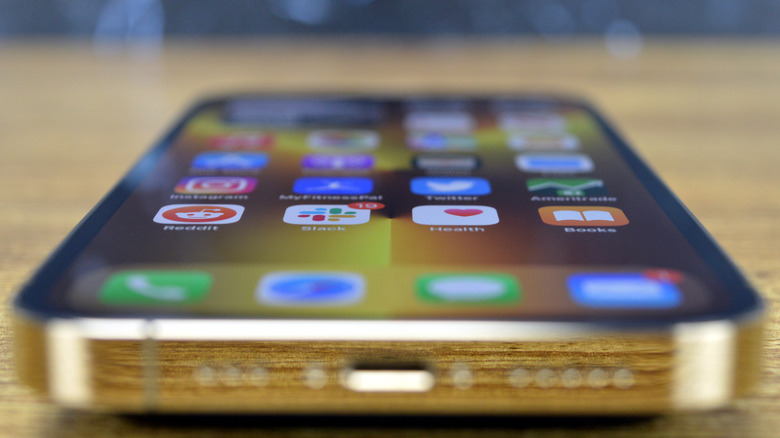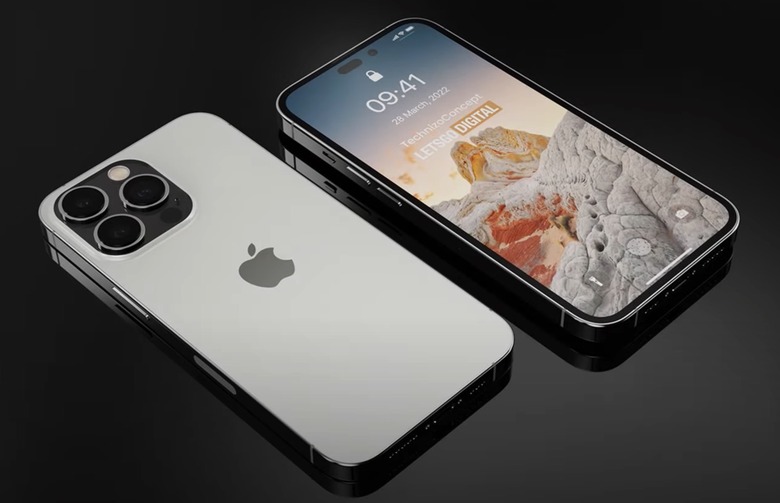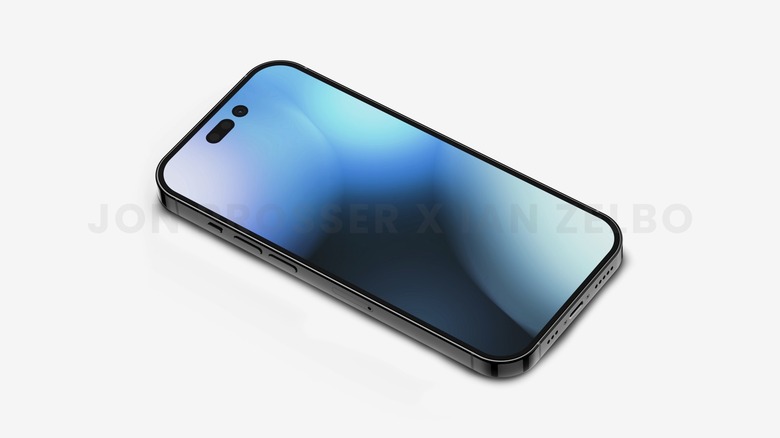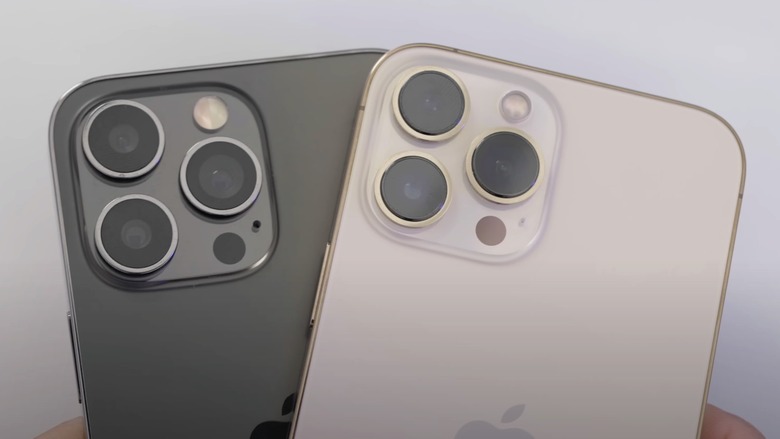How Fast Will The iPhone 14 Pro Be Compared To The iPhone 13 Pro?
The iPhone 14 will be Apple's first iPhone series to deliver massive differences between the iPhone 14 Pro and the regular iPhone 14 models. It's not just different designs but also different core specs and camera hardware. As a result, the regular iPhone 14 models will be variations of last year's iPhone 13 Pro models, which means they'll be pretty formidable when it comes to performance.
The iPhone 13 Pros don't have rivals in terms of performance and battery life, with the Galaxy S22 series and other Android flagships failing to get close. With that in mind, we can't but wonder what performance differences we can expect between the iPhone 14 Pro and the iPhone 13 Pro to justify the rumored price hike.
The iPhone 14 will be the new iPhone 13 Pro
The 6.1-inch iPhone 14 and 6.7-inch iPhone 14 Plus will replace the current iPhone 13 Pro and iPhone 13 Pro in Apple's lineup. According to rumors, they'll feature the same notch designs as last year's iPhones. The only design change concerns the rear, where they'll rock dual-lens cameras.
It's the specs that will make the iPhone 14 models equivalent to the iPhone 13 Pro phones. Or better. Rumors say the iPhone 14 and the Plus will get the same A15 Bionic variant that powers the iPhone 13 Pros. That's a System-on-Chip (SoC) featuring a 5-core GPU and 6GB of LPDDR4x RAM. The battery size might see slight increases.
The iPhone 14 Plus should have a bigger battery life than the iPhone 13 Pro Max, as Apple will have slightly more room inside the phone for the battery. Again, the Plus will lack a third telephoto lens on the back, which takes up space inside the phone.
Finally, the iPhone 14 and iPhone 14 Plus should feature next-gen OLED panels. They should be even more efficient than their predecessors.
If these rumors pan out, the basic iPhone 14 models should offer a more polished iPhone 13 Pro experience. We're probably looking at same performance, better battery life, and a lower entry price than the iPhone 13 Pro.
What about the iPhone 14 Pro performance?
With all that in mind, the iPhone 14 Pro and iPhone 14 Pro Max will feature the best possible hardware that Apple can muster this year. And Macworld attempted to determine the performance improvements the new A16 Bionic chip will offer.
The expectation is for the A16 SoC to pack six CPU cores, two of which will be high-performance. Moreover, the A16 will also ship with 6GB of LPDDR5 RAM, which should significantly improve the speed of the memory.
But Apple will still use a 5nm process for the A16 Bionic. It will be TSMC's third-gen N4P 5nm processor. That N4P is just a codename. But what's important here is that N4P can deliver an 11% performance improvement over the A15 Bionic in the iPhone 13 Pro and iPhone 14.
Moreover, the A16 should be 22% more energy efficient. Finally, we're looking at a 6% density improvement over the original 5nm N5 process. That one debuted with the iPhone 12's A14 Bionic in late 2020.
Adding the memory upgrade into account, MacWorld expects CPU speed improvements of up to 15%.
The GPU upgrade might be more significant, with graphics performance being a primary focus for Apple's A-series and M-series SoC. The blog expects the iPhone 14 Pro models to deliver between 25% and 30% speed improvements compared to the iPhone 13 Pro GPU. The faster LPDDR5 RAM should also help in this department.
Don't forget the camera upgrade
Add to all that the next-gen OLED panels and support for dynamic 120Hz refresh rates, and the iPhone 14 Pro should be even more efficient than last year's iPhone 13 Pro models. Energy efficiency is an essential part of upgrading a phone's performance. You can't bump the speed if that kills the battery life. If you do, you'll end up throttling the speed, and the Galaxy S22 showed us what that's like.
Finally, the A16 Bionic's Neural Engine should get a significant boost this year. That's because the iPhone 14 Pro and iPhone 14 Pro Max will get a new primary camera. The 48-megapixel wide camera sensor will need faster processing and better machine learning. And that's where the A16 Bionic's Neural Engine should help.
These are just suppositions, of course. But they're based on a large number of leaks and reports from various sources. If it all pans out, the iPhone 14 Pro will deliver a significant performance, and efficiency upgrade over the iPhone 13 Pro models, which will be sold as regular iPhone 14 variants come September.
Macworld's complete analysis is available at this link.
More iPhone coverage: For more iPhone news, visit our iPhone 14 guide.



